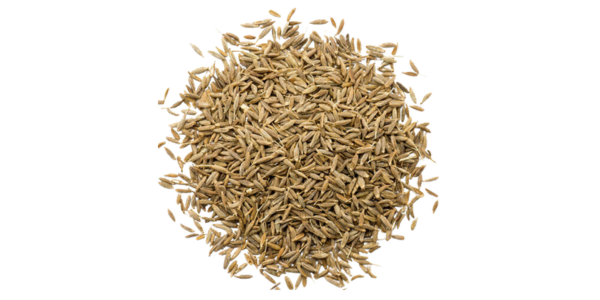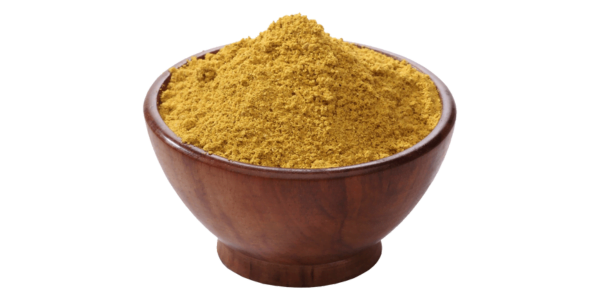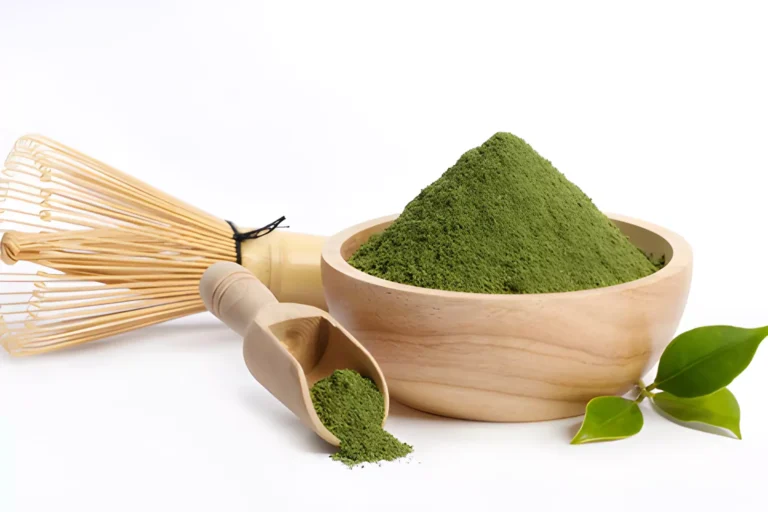Cumin Powder vs Cumin Seeds: Which One Should You Use?
Cumin is a staple spice in many cuisines worldwide, and it’s available in two forms: powder and seeds. While both powder and seeds are made from the same plant, there are some key differences between the two that can affect the flavor, aroma, and texture of your dishes. So, if you plan to cook a recipe, you must be aware of using cumin seeds and ground cumin.
But choosing one out of the two cumin is most confusing. To make it simple for you, I have covered cumin powder vs seeds in this article. Along with this, I have also answered a few common questions. So, without wasting time, let’s get over to the topic.
What are Cumin Seeds?
Cumin seeds are tiny, oblong-shaped seeds that are typically pale yellow to dark brown in color. They have a strong, earthy flavor and are often used in Indian, Middle Eastern, and Mexican cuisine. Cumin seeds are obtained from the cumin plant (Cuminum cyminum), a member of the parsley family. The cumin plant is native to Asia and Africa, but it is now cultivated all over the world. The seeds are harvested when the plant is ripe, and they are then dried and ground into a powder.

These whole seeds are a versatile spice that can be used in various dishes. They are often used in tempering, a technique in Indian cuisine where spices are fried in oil to release flavor. Cumin seeds are also used in rubs, marinades, and spice blends. The seeds are a good source of iron, manganese, and copper. They also contain antioxidants, which can help to protect the body from damage caused by free radicals.
What is Cumin Powder?
Cumin powder is made by roasting cumin seeds and then grinding them into a fine powder. The roasting process enhances the flavor of cumin seeds. Cumin powder is typically light brown, but it can also be found in a darker shade.

The cumin powder can be used in a variety of ways in cooking. It can be added to rubs, marinades, stews, soups, and curries. Cumin powder, or jeera powder, is a common ingredient in spice blends such as garam masala, chili powder, and curry powder.
Similarities Between Ground Cumin and Whole Seeds
Both ground cumin and whole cumin seeds are versatile spices that can be used in various dishes. They both are made from the same plant and have a warm and earthy aroma. But ground cumin has a more subdued aroma because the volatile oils in the seeds are released when they are ground.
Here are some of the similarities between ground cumin and whole cumin seeds:
- Flavor and aroma: Ground and whole cumin seeds have a warm, earthy flavor and aroma.
- Culinary uses: Both ground cumin and whole cumin seeds can be used in various dishes, including Indian, Middle Eastern, and Mexican cuisine. They are often used in rubs, marinades, spice blends, and soups and stews.
- Nutritional value: Both ground cumin and whole cumin seeds are good sources of iron, manganese, and copper. They also contain antioxidants, which can help to protect the body from damage caused by free radicals.
Differences Between Cumin Seeds and Cumin Powder
Cumin seeds and cumin powder are both made from the same plant, Cuminum cyminum, but they have some key differences in terms of their appearance, flavor, aroma, culinary uses, shelf life, and preparation.
| Characteristic | Cumin Seeds | Cumin Powder |
|---|---|---|
| Appearance and size | Small, oblong-shaped seeds | Fine powder |
| Aroma and flavor | Strong, earthy | Subdued, earthy |
| Uses in cooking | Tempering, rubs, marinades, spice blends | Rubs, marinades, spice blends |
| Shelf life | Longer | Shorter |
Appearance and Size
Cumin seeds are tiny, oblong-shaped seeds that are typically pale yellow to dark brown in color. Cumin powder is a fine powder made by roasting cumin seeds and is typically light brown to medium brown in color.
Aroma and Flavor
Cumin seeds have a more robust aroma and flavor than cumin powder. This is because the volatile oils in cumin seeds are released when heated.
Uses in Cooking
Cumin seeds are often used in tempering, a technique that involves heating spices in oil to release their flavor. Cumin seeds can also be used whole in dishes to add texture and visual interest. Cumin powder is typically added to dishes while they are cooking. It is a popular ingredient in curries, chili powder, and other spice blends.
Shelf Life
Cumin seeds have a longer shelf life than cumin powder. This is because the seed coat protects the volatile oils in cumin seeds. Cumin seeds can be stored in an airtight container in a cool, dark place for up to six months.
Different Ways of Using Cumin Seeds and Powder in Cooking
Cumin Seeds
- Tempering: Cumin seeds are often used in tempering, a technique in Indian cuisine where spices are fried in oil to release flavor. To temper cumin seeds, heat a small amount of oil in a pan over medium heat. Add the cumin seeds and cook until they are fragrant about 30 seconds. Remove the pan from the heat and add the tempered spices to your dish.
- Roasting: Roasting cumin seeds before using them can enhance their flavor and aroma. To roast cumin seeds, preheat the oven to 350 degrees Fahrenheit. Spread the cumin seeds on a baking sheet and roast for 5-7 minutes or until fragrant. Let the cumin seeds cool completely before using them.
- Grinding: Cumin seeds can be ground into a powder using a spice grinder or mortar and pestle. Freshly ground cumin powder has the most intense flavor and aroma.
Cumin Powder
- Rubs: Cumin powder is a popular ingredient in rubs for meat, seafood, and vegetables. To make a cumin rub, combine cumin powder with other spices, such as salt, pepper, garlic powder, and onion powder. Rub the mixture all over the meat, seafood, or vegetables before cooking.
- Marinades: Cumin powder can be added to marinades for flavor and complexity. To make a cumin marinade, combine cumin powder with other ingredients, such as oil, vinegar, citrus juice, and herbs. Marinate the meat, seafood, or vegetables for several hours or overnight before cooking.
- Spice Blends: Cumin powder is a common ingredient in many spice blends, such as garam masala, chili powder, and curry powder. These spice blends can be used to add flavor to a variety of dishes.
Can You Substitute Cumin Seeds for Ground Cumin? (And Vice Versa)
Yes, you can substitute cumin seeds for ground cumin and vice versa. However, it is essential to note that the flavor and aroma of the two forms of cumin are different. Cumin seeds have a more robust flavor and aroma than cumin powder. Therefore, if you are substituting cumin seeds for ground cumin, you will need to use less. A good rule of thumb is to use 1.5 teaspoons of ground cumin for every 1 teaspoon of cumin seeds.
FAQs
Conclusion
Both cumin powder and cumin seeds are versatile spices that can add depth and complexity to dishes. Which form of cumin you should use depends on your personal preference and the recipe you are making. If you are looking for a strong flavor and aroma, use cumin seeds. If you are looking for a more subdued flavor and aroma, use cumin powder.
Bonus Tip: For the freshest and most flavorful cumin, buy whole cumin seeds and grind them as needed.




